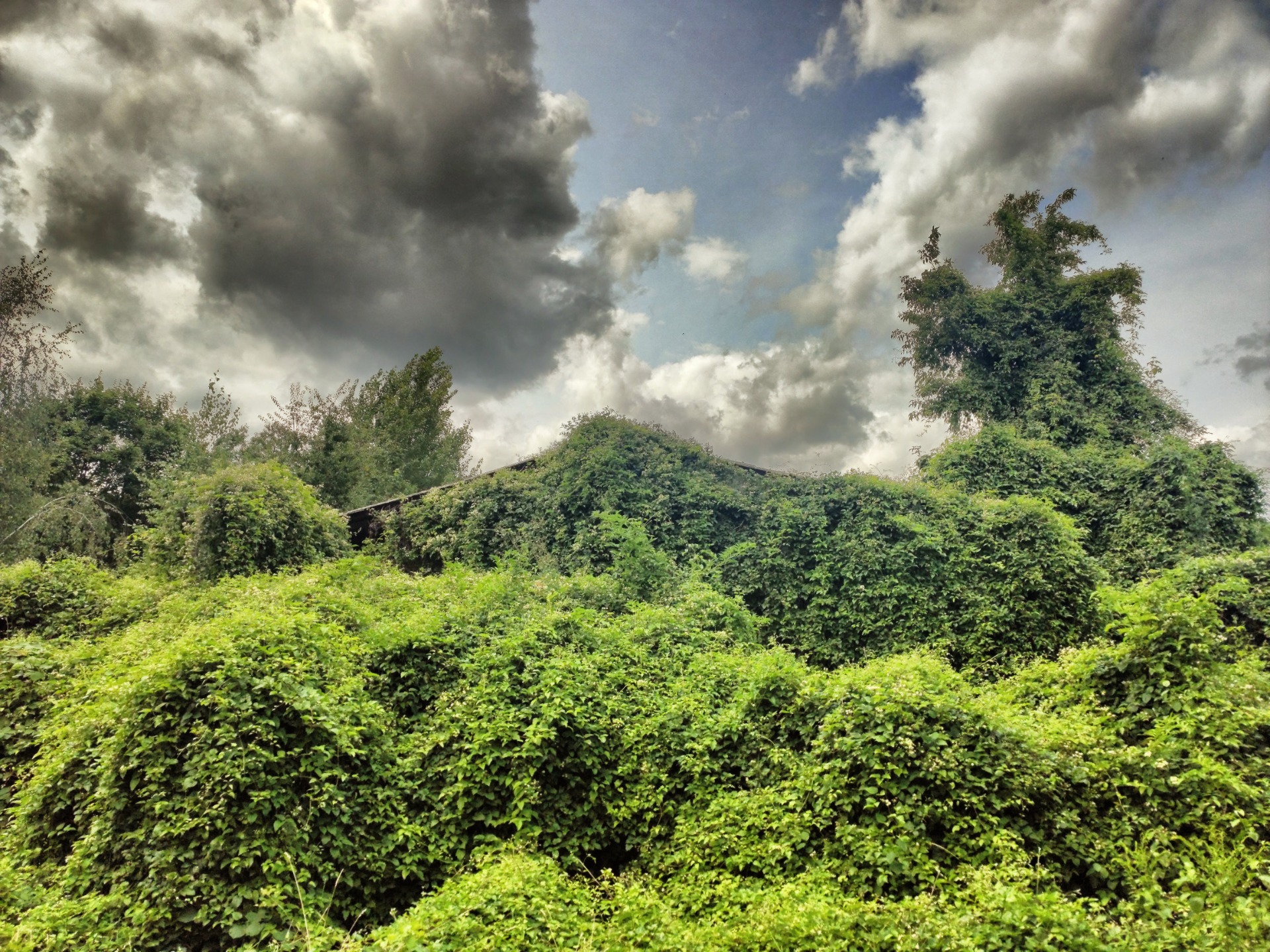A watchtower, a wall, and thick undergrowth at the edge of an ancient city in Eastern Germany bear witness to a past that has been largely forgotten. In a district that its founders ironically named “Happy Future,” a dark chapter of history lies hidden behind a wild hedge. It was once a concentration camp, later turned into a dreaded prison for juveniles.
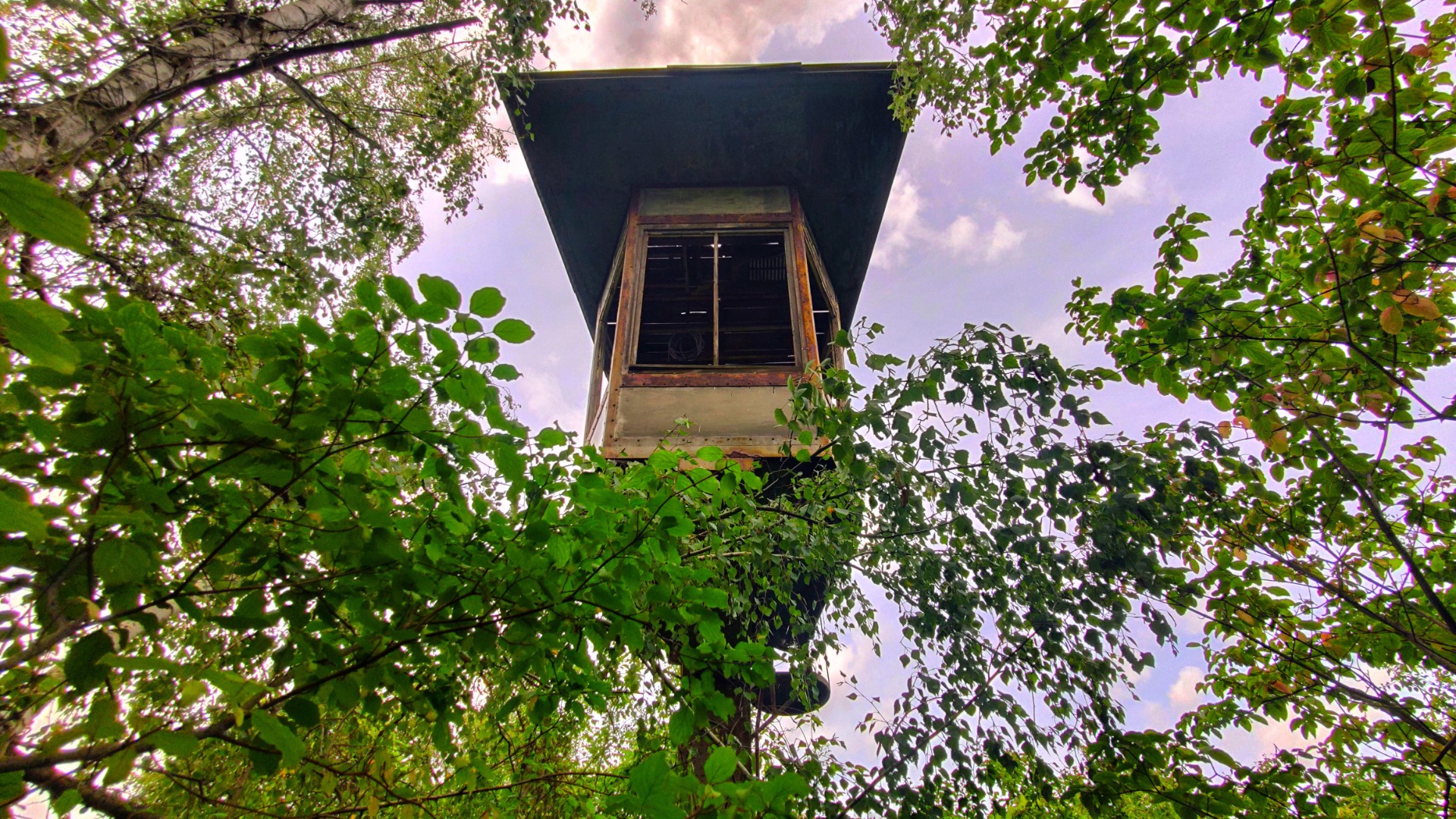
Blood on the ground
A place where blood has seeped into the ground, where the cries of former prisoners seem to echo from the walls to this day. During the Third Reich under Adolf Hitler, forced laborers had to assemble aircraft parts for the German Luftwaffe here. Later, the People’s Police of the communist East German one-party system (SED) and the brutal GDR judiciary used the site, which is now overgrown beyond recognition.
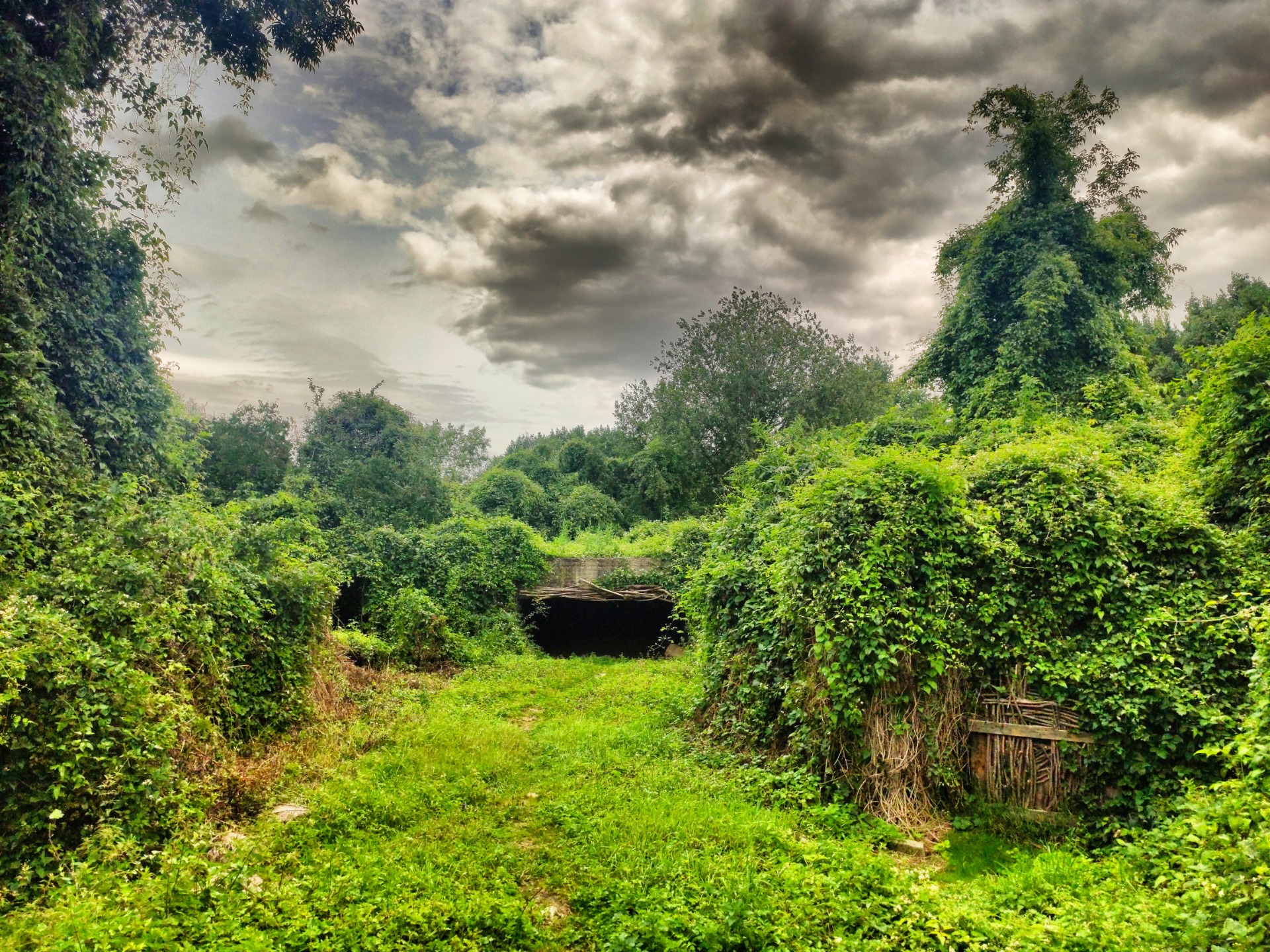
The old watchtower is barely visible today. Behind an overgrown wall hides its rusting guard chamber, long stripped of glass, protruding weakly from the thicket. The grounds, once heavily fortified and under military protection during the GDR era, now lie in a deep slumber – forgotten and reclaimed by nature.
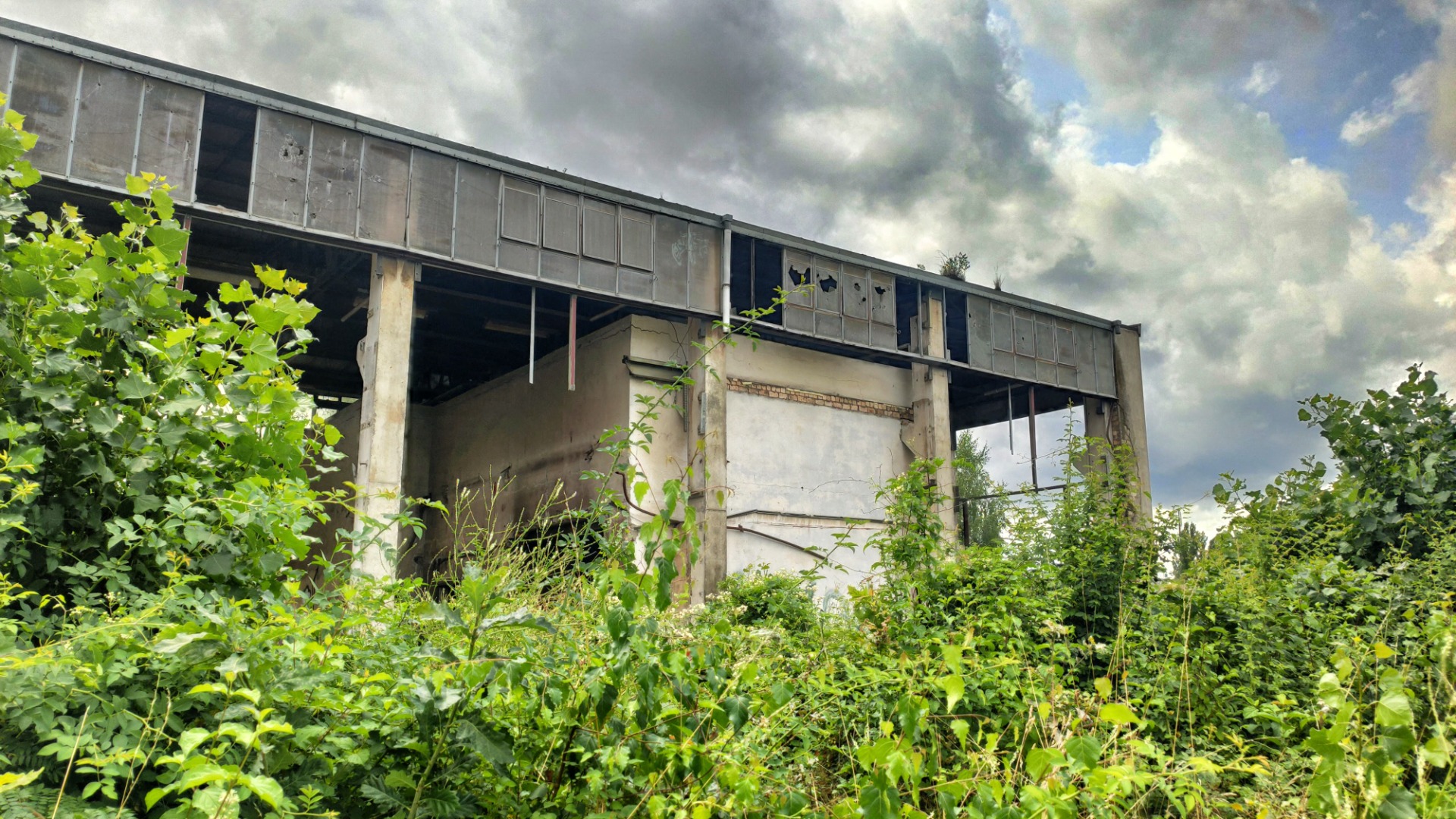
Once a High-Tech-Park
Beneath the vegetation rests blood-soaked soil. Here, in 1934, the facilities of the Siebel aircraft works were established, a high-tech enterprise that first built civilian, later military airplanes for Hitler’s Luftwaffe.

It was Halle’s most significant contribution to Germany’s so-called “war effort.” Under Friedrich Siebel, the Ruhr-born son of a merchant, forced laborers during World War II had to produce wings and other parts for Junkers, Heinkel, and Dornier aircraft.
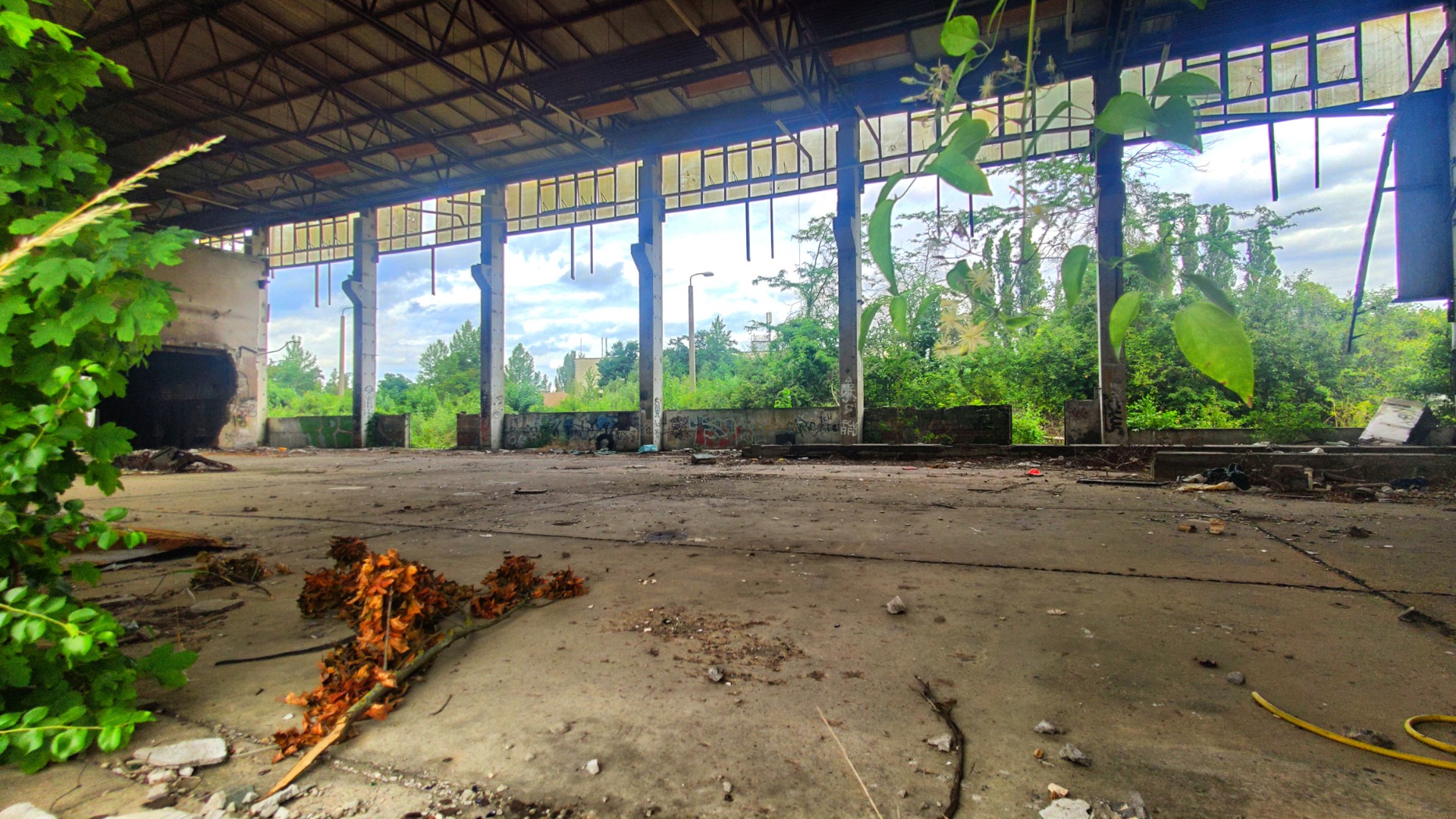
Each day, about 550 inmates marched from the concentration camp subcamp Birkhahn-Mötzlich, an extension of Buchenwald, as well as from nearby prisoner-of-war and forced labor camps, to the workshops. In addition to fulfilling military contracts, Siebel also built his own aircraft – including transport and training planes.
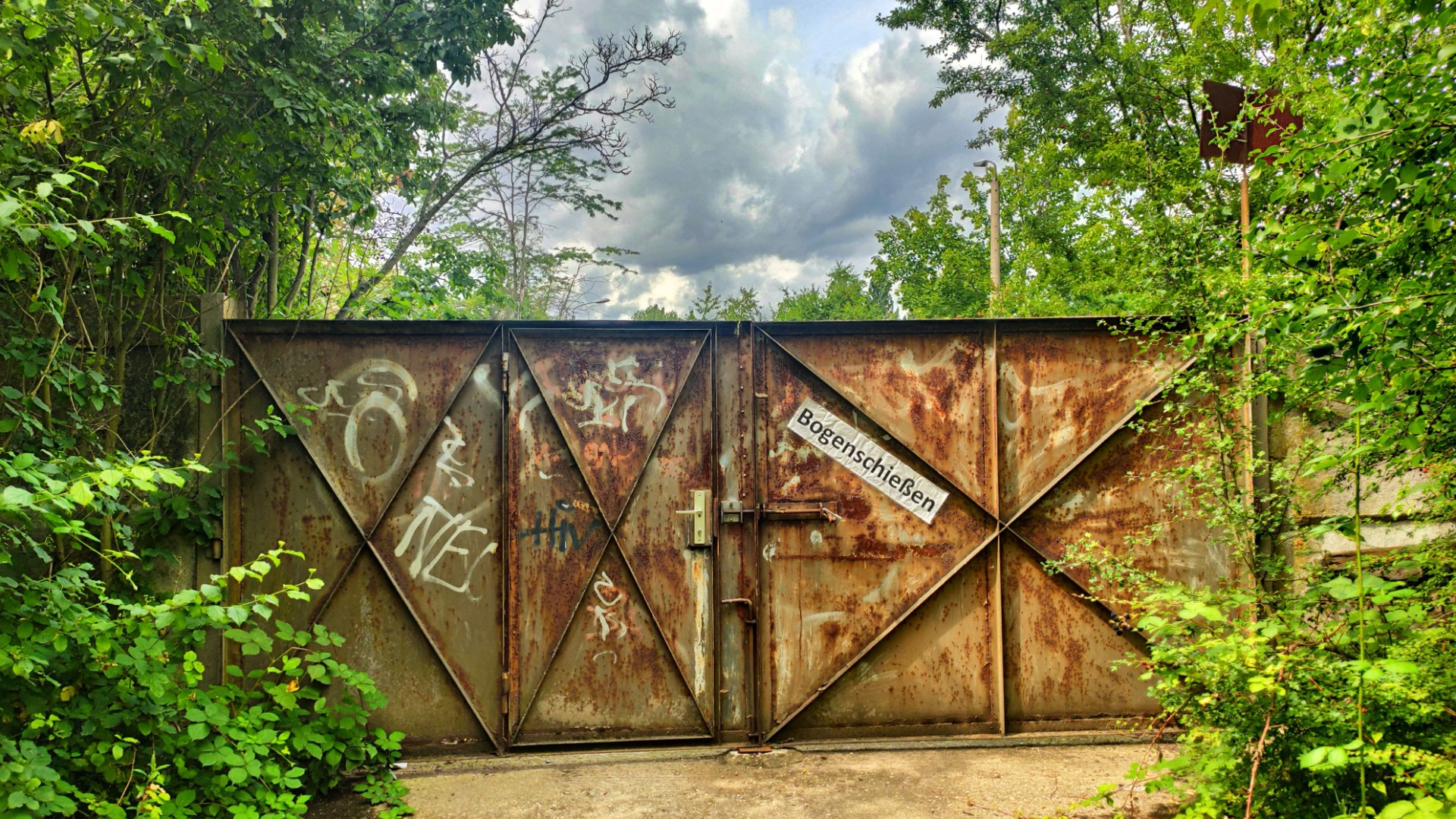
Seized by the Soviets
Toward the end of the war, he even made aviation history with the supersonic DFS 346, a futuristic rocket-powered aircraft with swept wings. After Germany’s surrender, Soviet troops seized prototypes, construction plans, and a team of engineers. Six years later, the DFS 346 flew test missions in the Soviet Union, reaching speeds of up to 950 km/h.
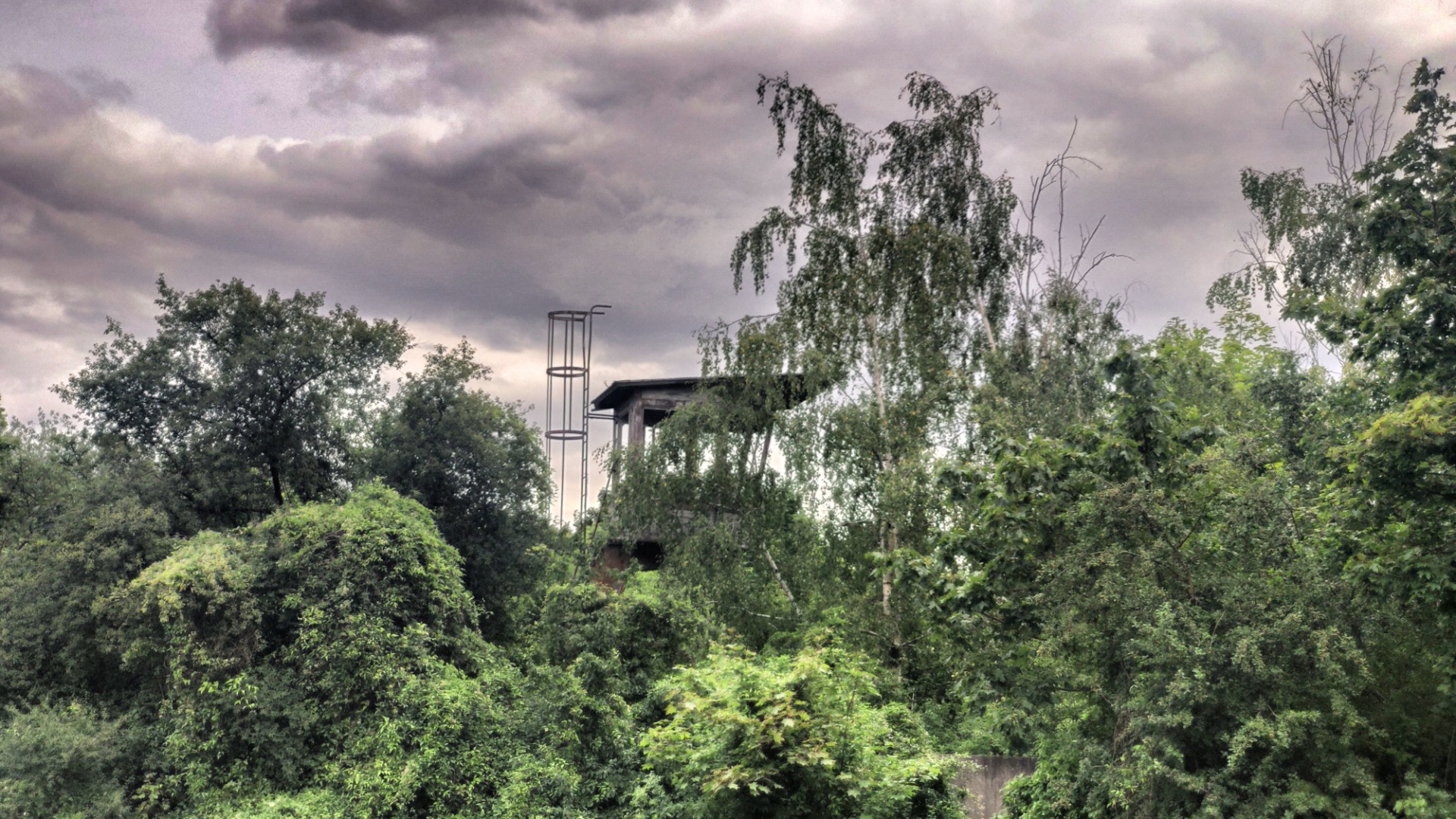
What American B-17 bombers had left of the factory after their air raids in August 1944 was demolished by the Soviets after the war. Only a few buildings – a gatehouse, today the terminus of a tram line, and two office blocks now used by a school and the local police – survived. The rest fell into ruin.
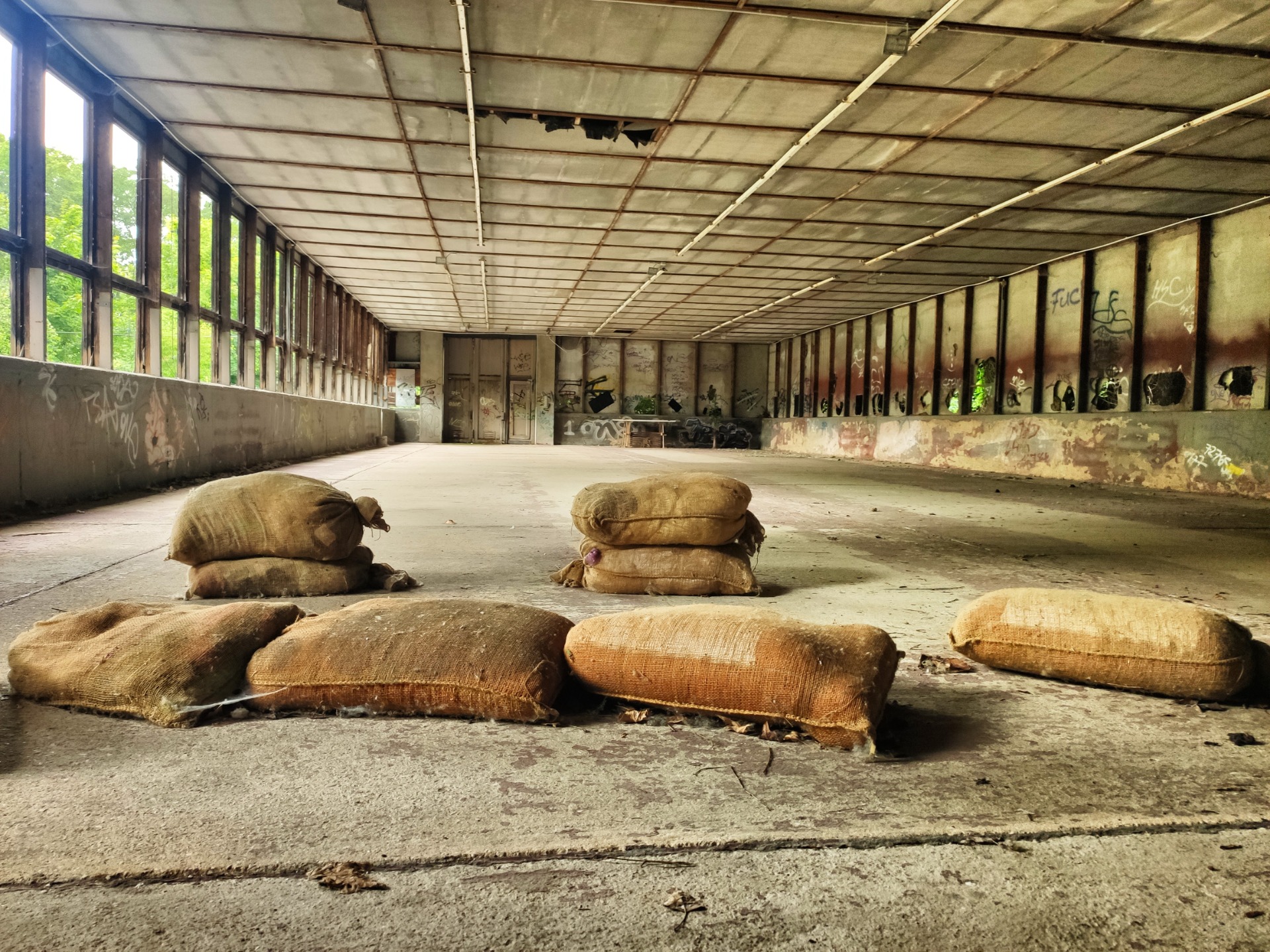
A Garden colony
In the GDR, the site was given a new but equally grim purpose. The former concentration camp was partially repurposed as a garden colony. Other sections became a shooting range for the People’s Police. Behind the watchtower, an annex of the nearby juvenile detention center housed young prisoners, who were forced into “rehabilitation through labor” in line with socialist doctrine.
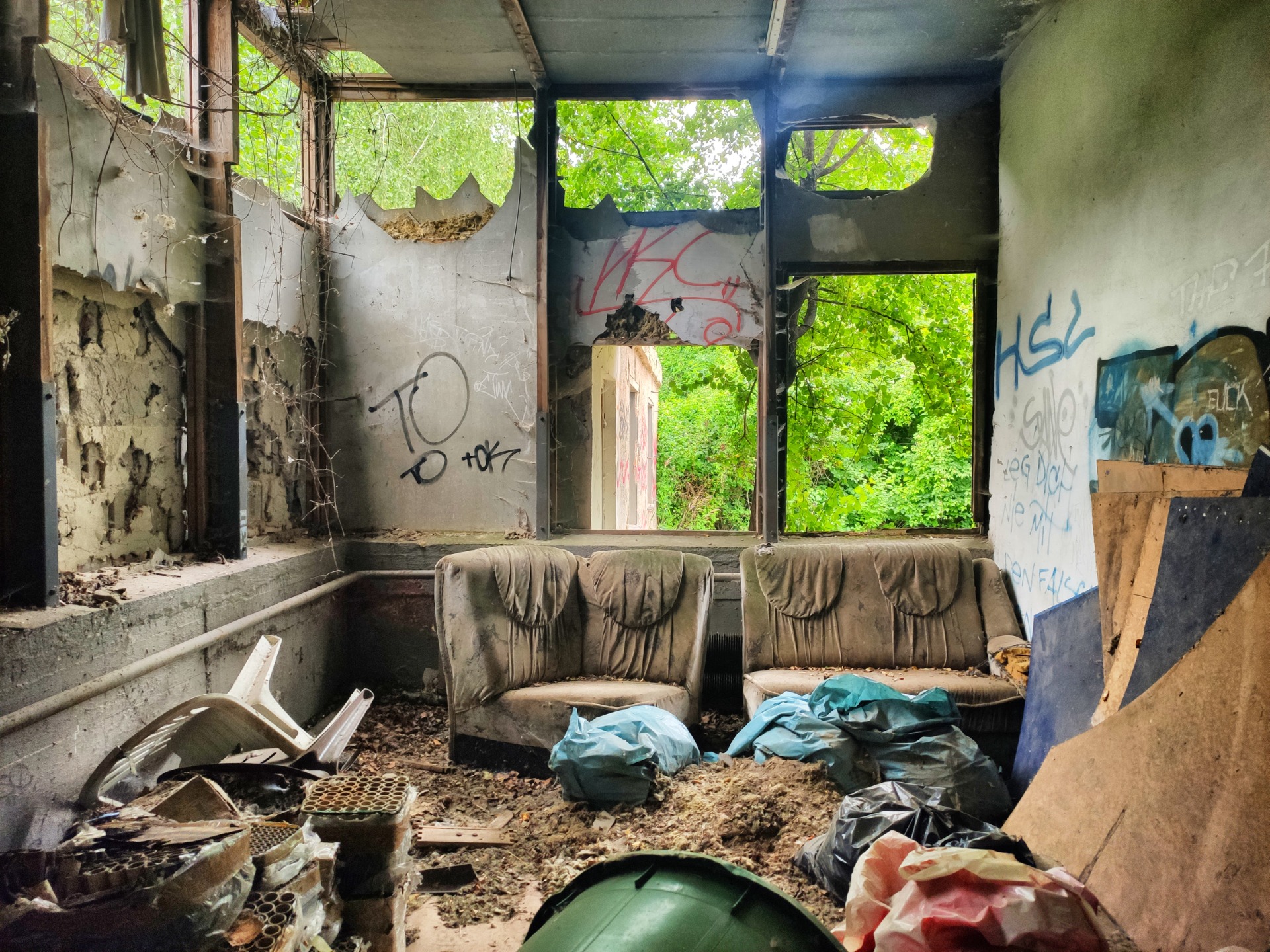
Today, nature has taken over. Ivy spreads across the concrete, decaying fence posts lean toward the ground, and bushes push their way through winding paths. Only those who pause and look closer can still sense the stories of violence, death, and oppression that unfolded here.
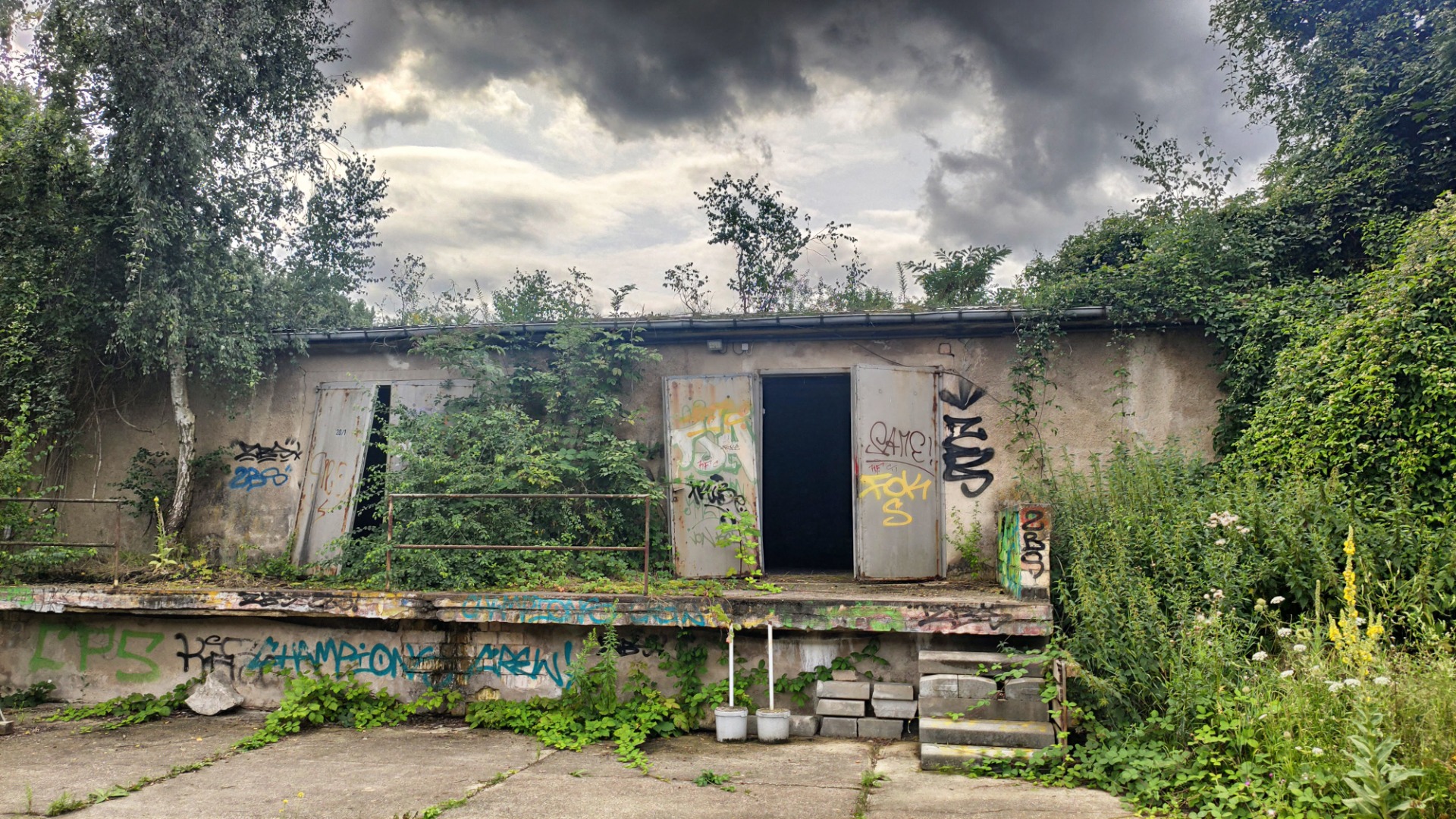
But the silence may not last much longer. According to current plans by the city of Halle, a new housing development will be built on the site. The last rusty watchtower, still peeking out of the undergrowth, would then vanish – along with it the memory of a dark chapter of European history.
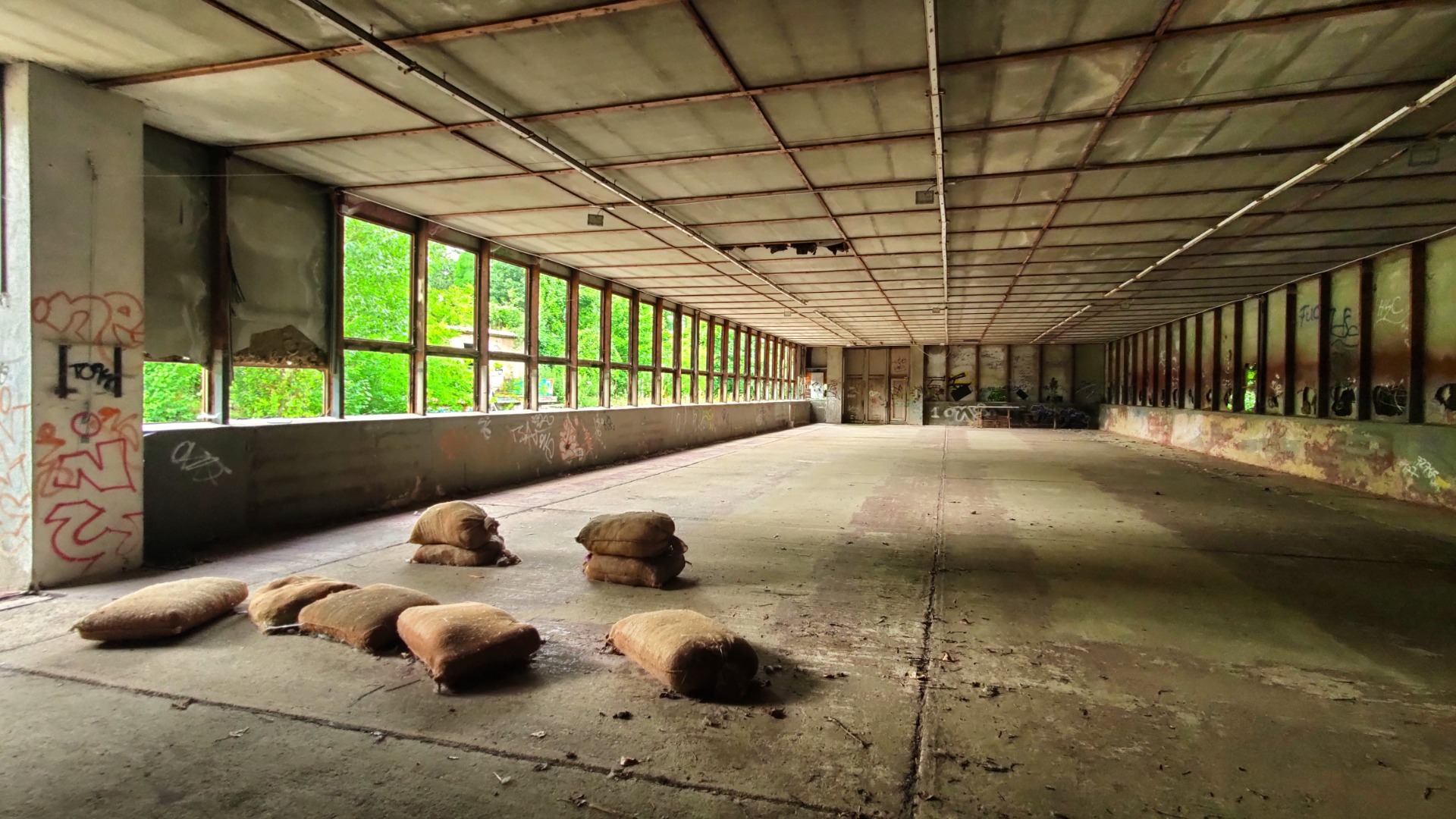
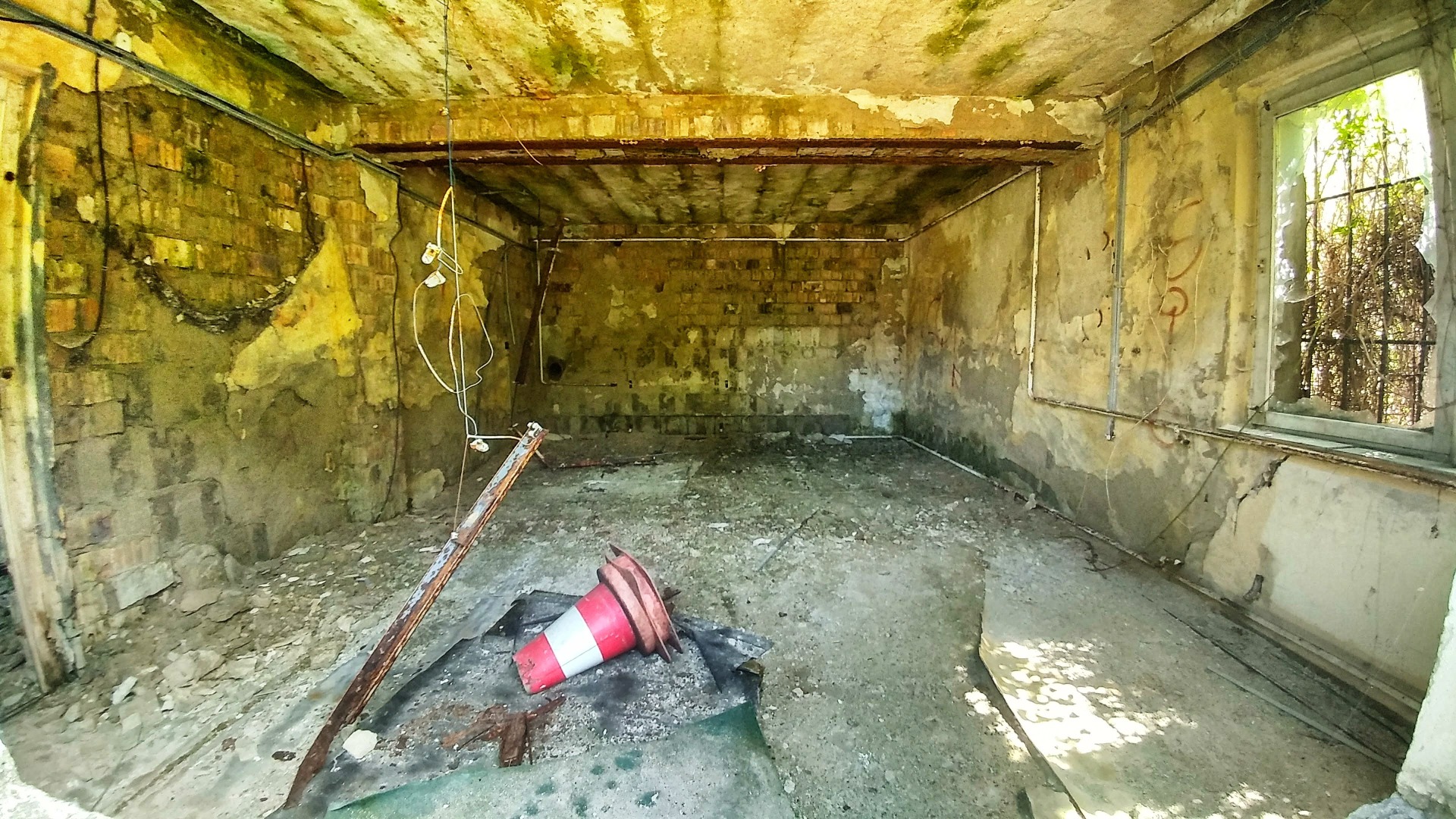
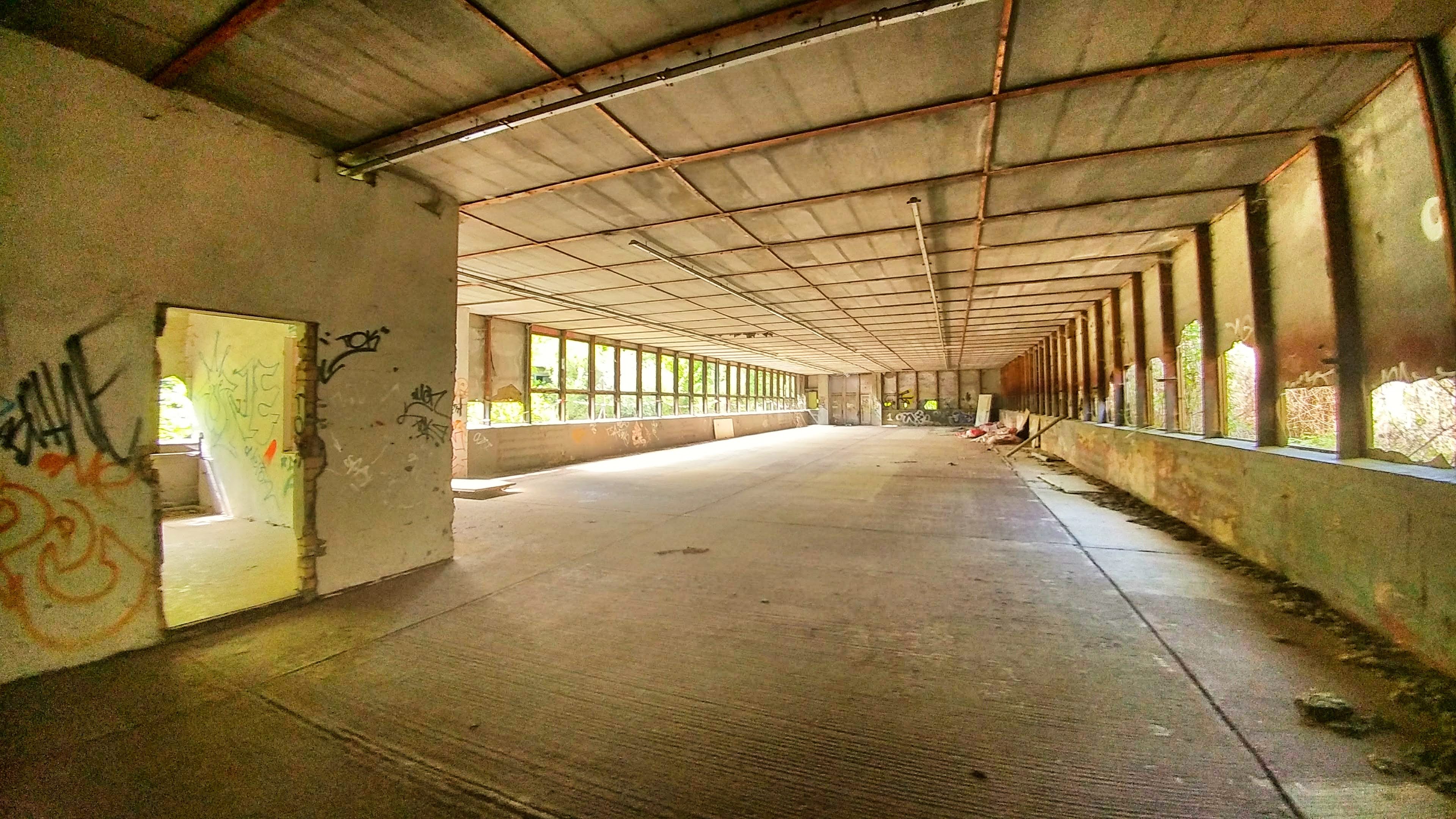
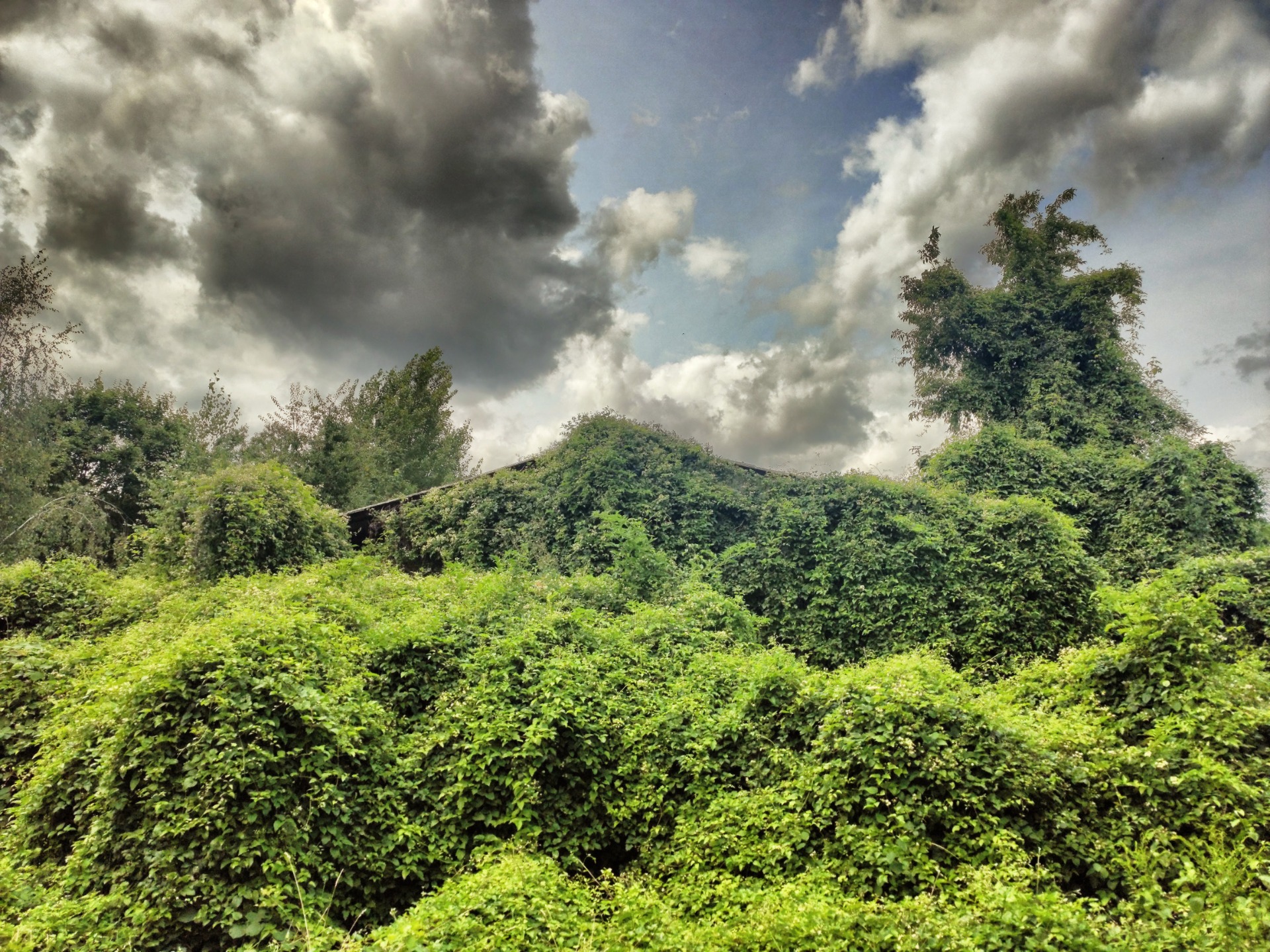
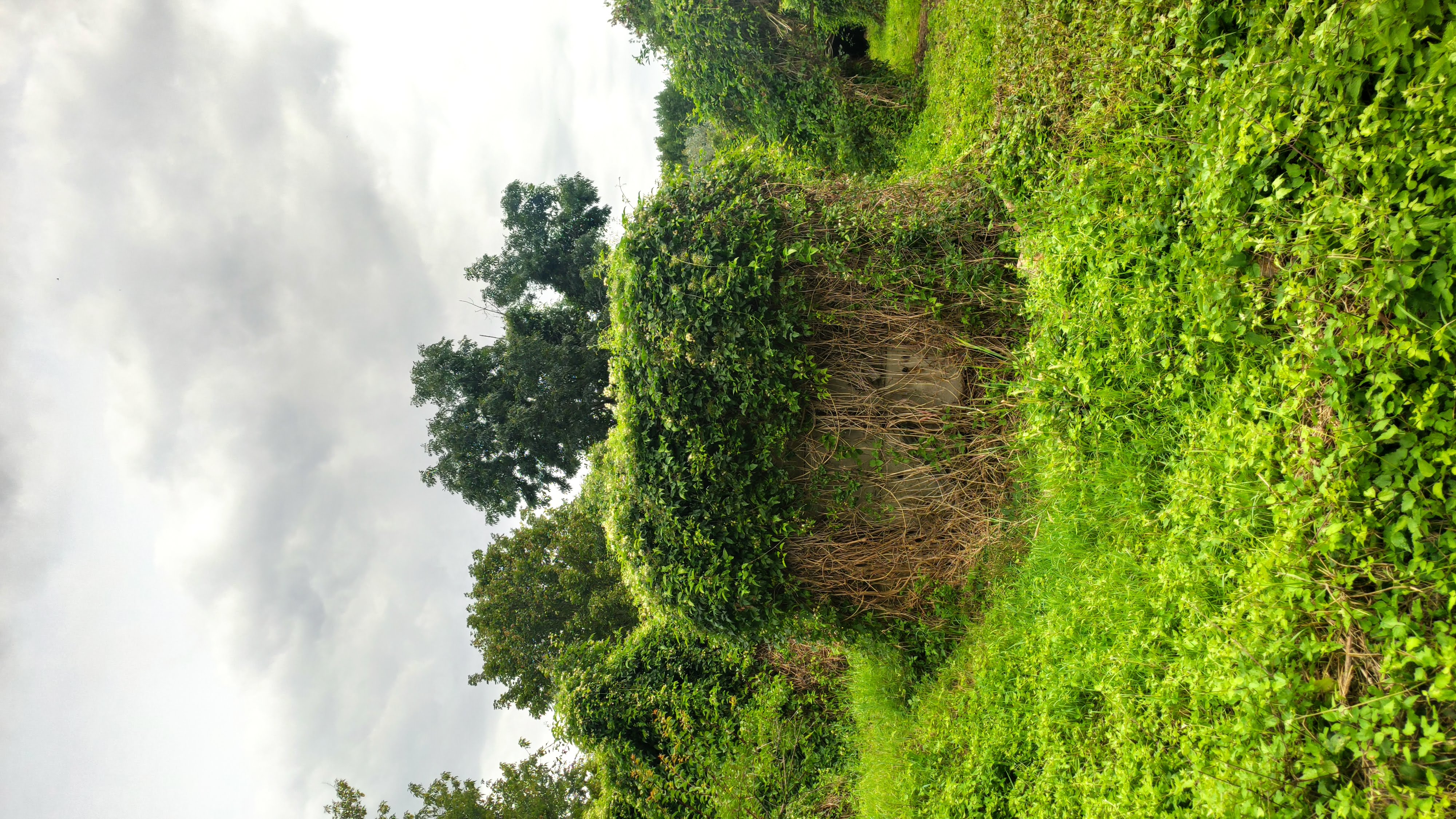
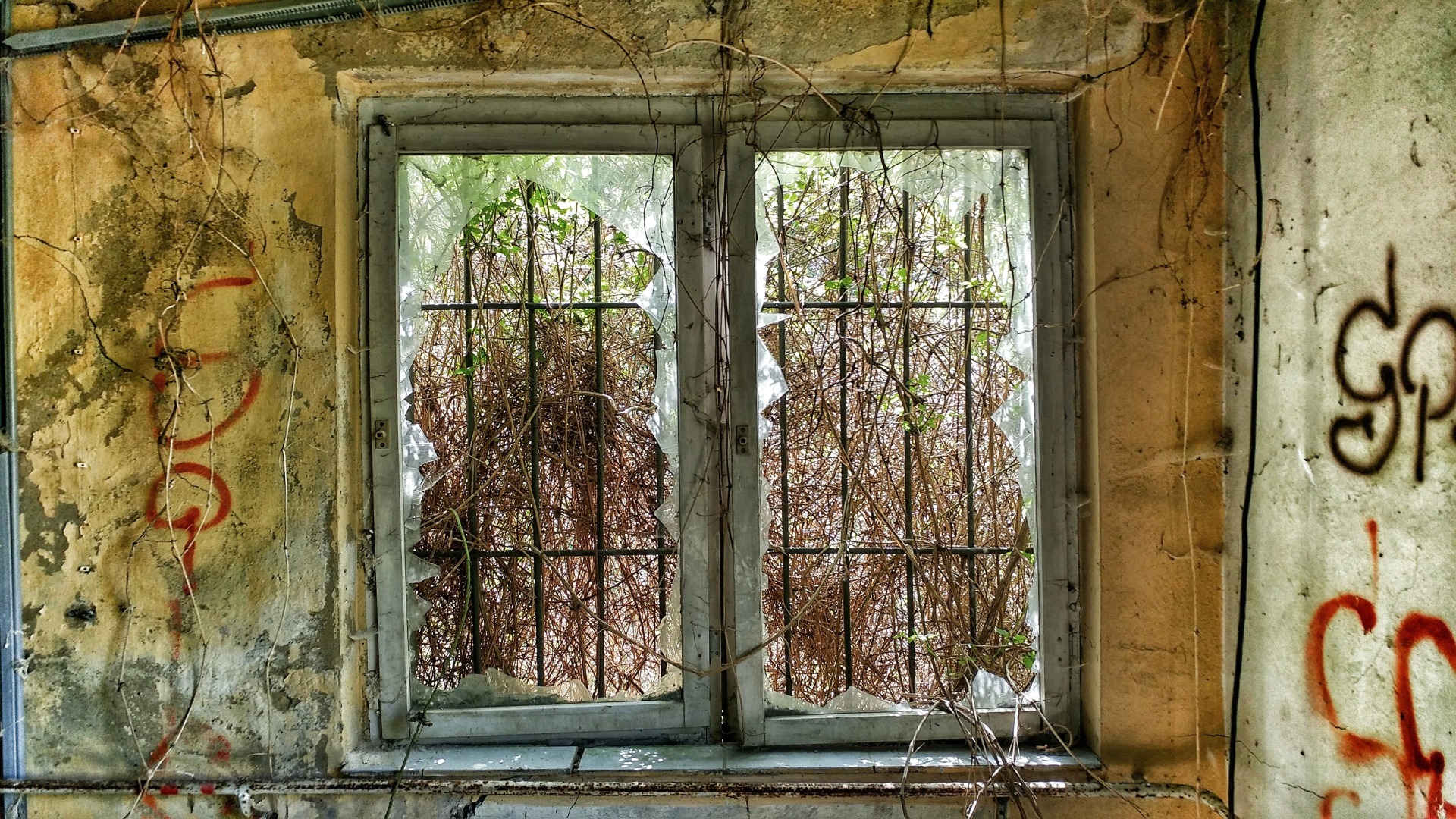
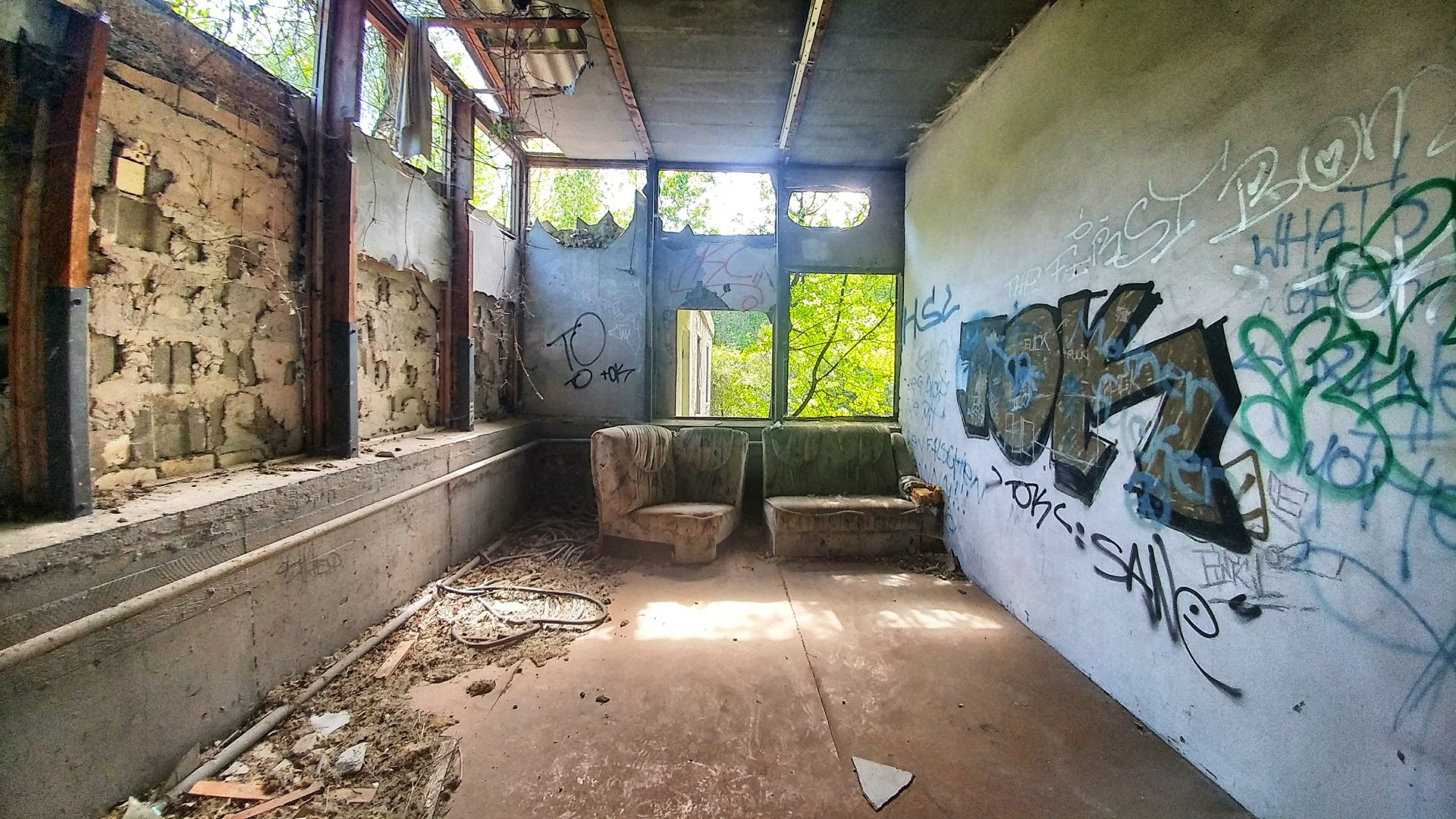
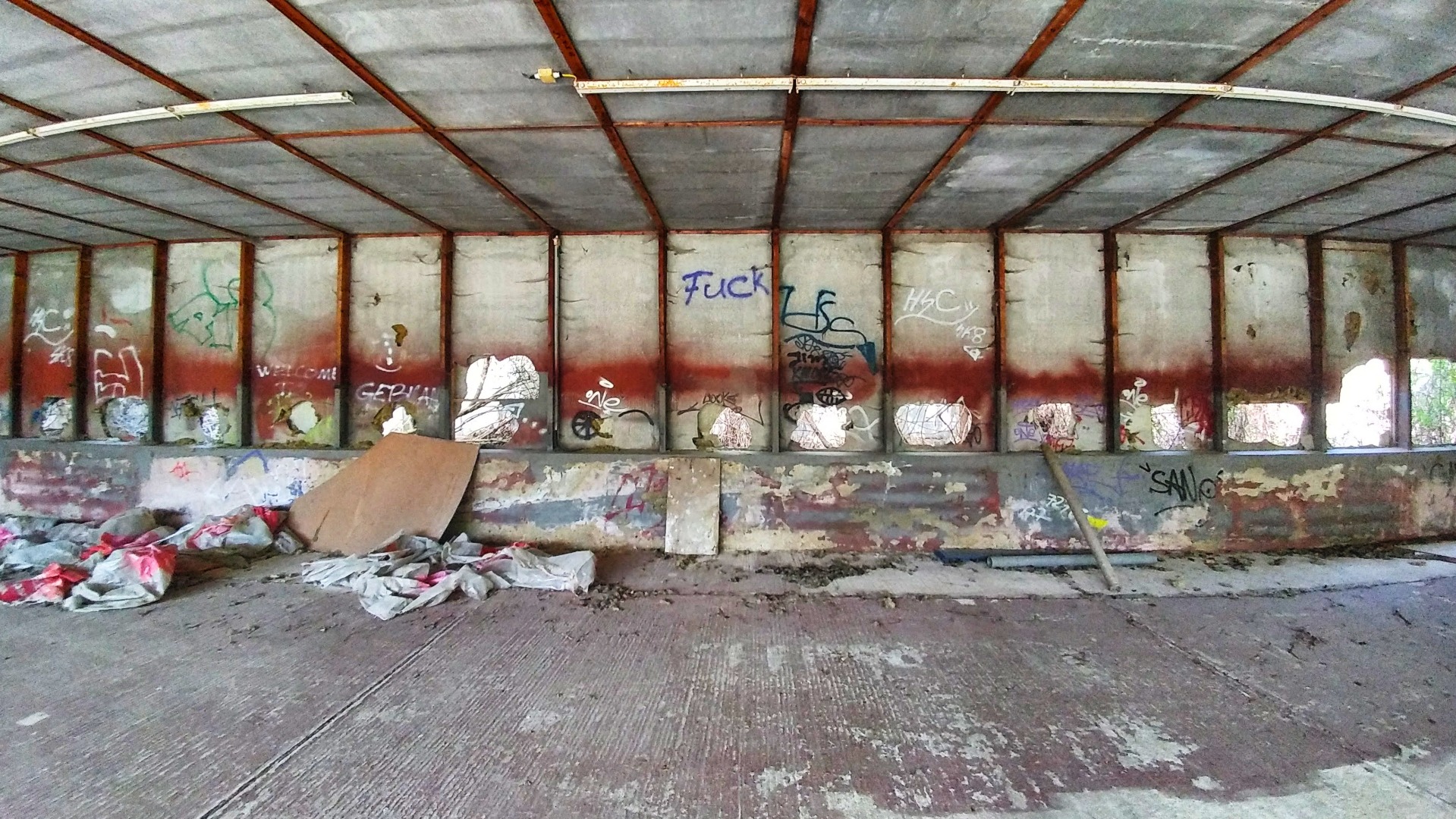
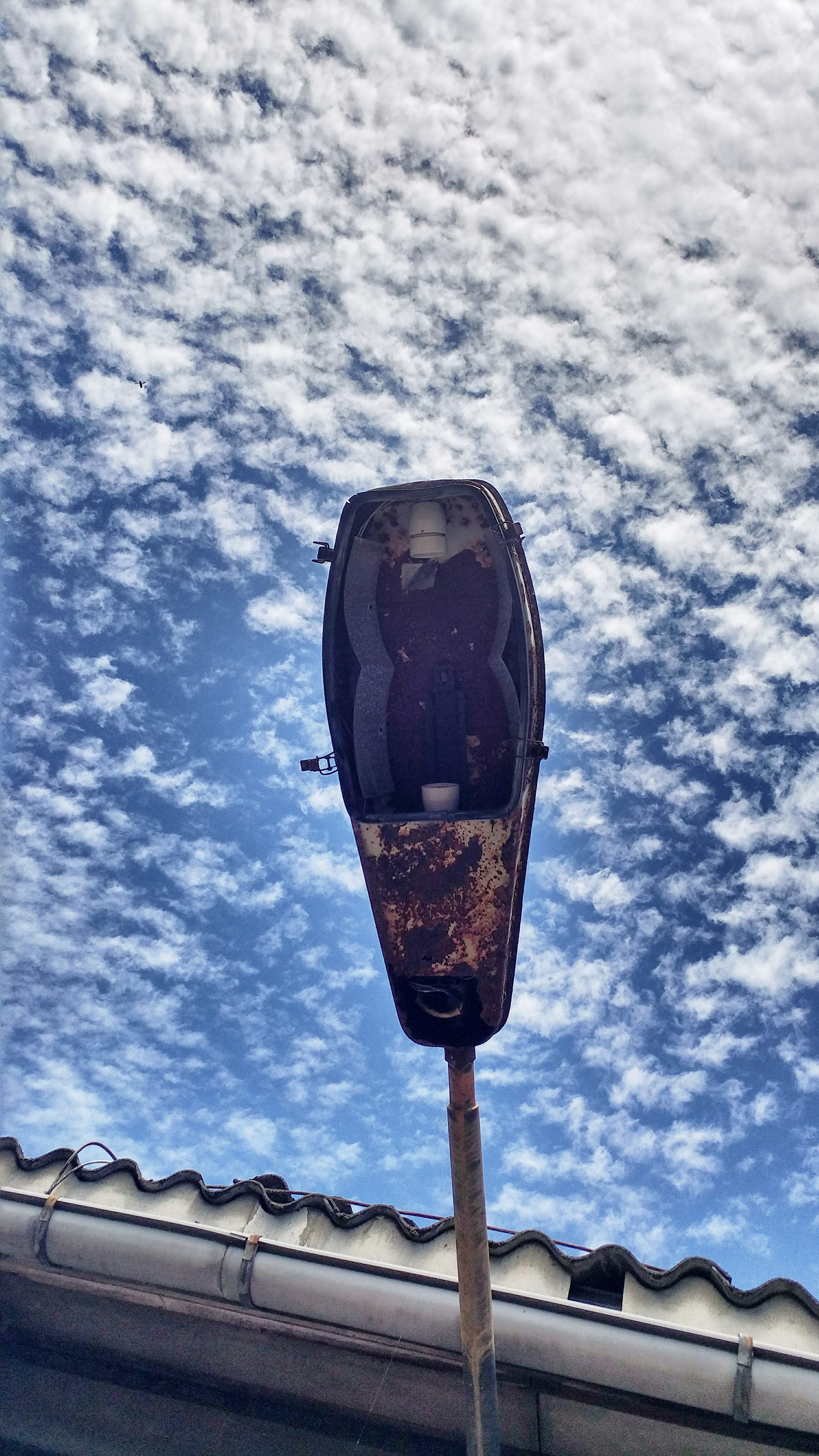
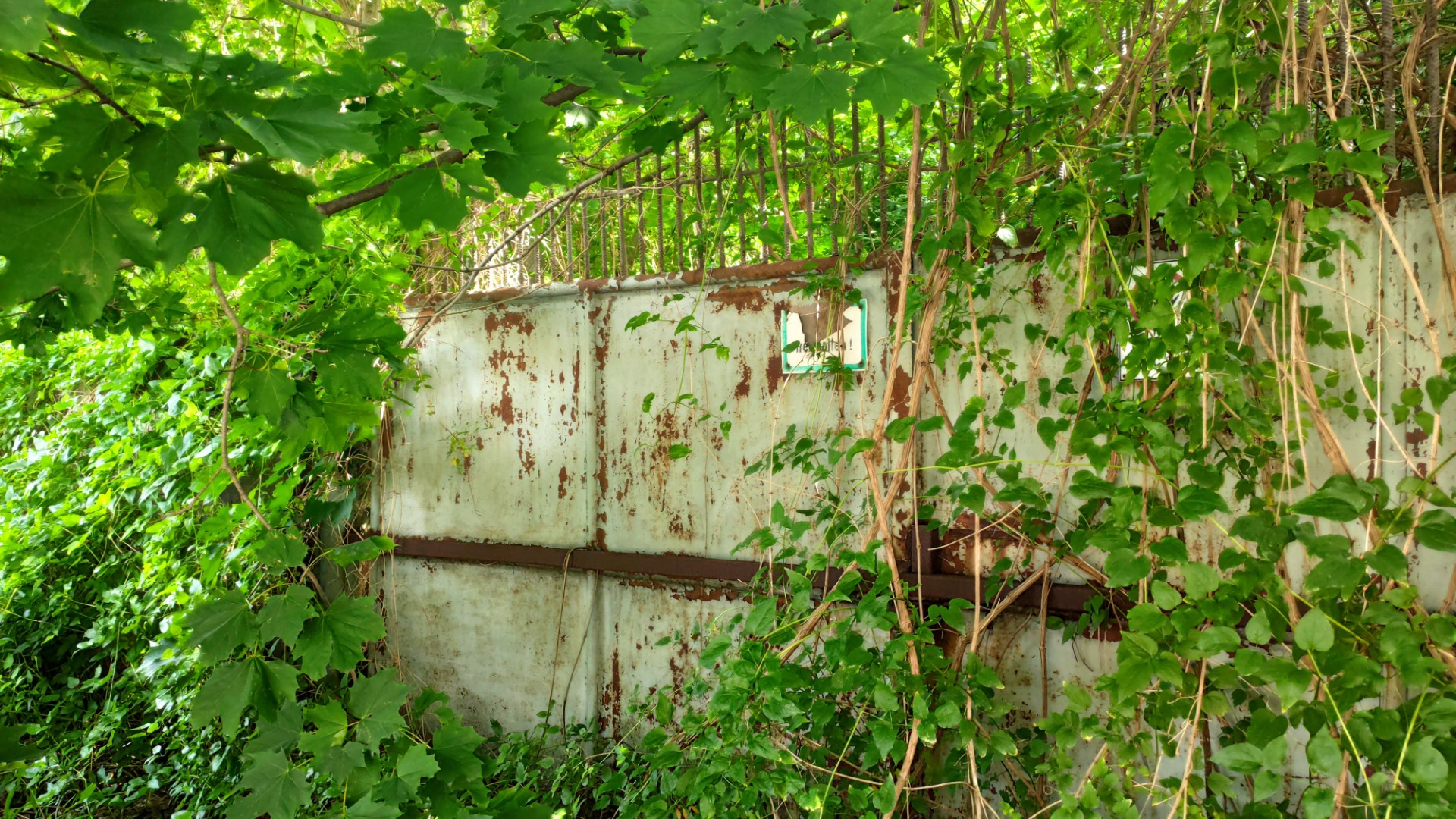
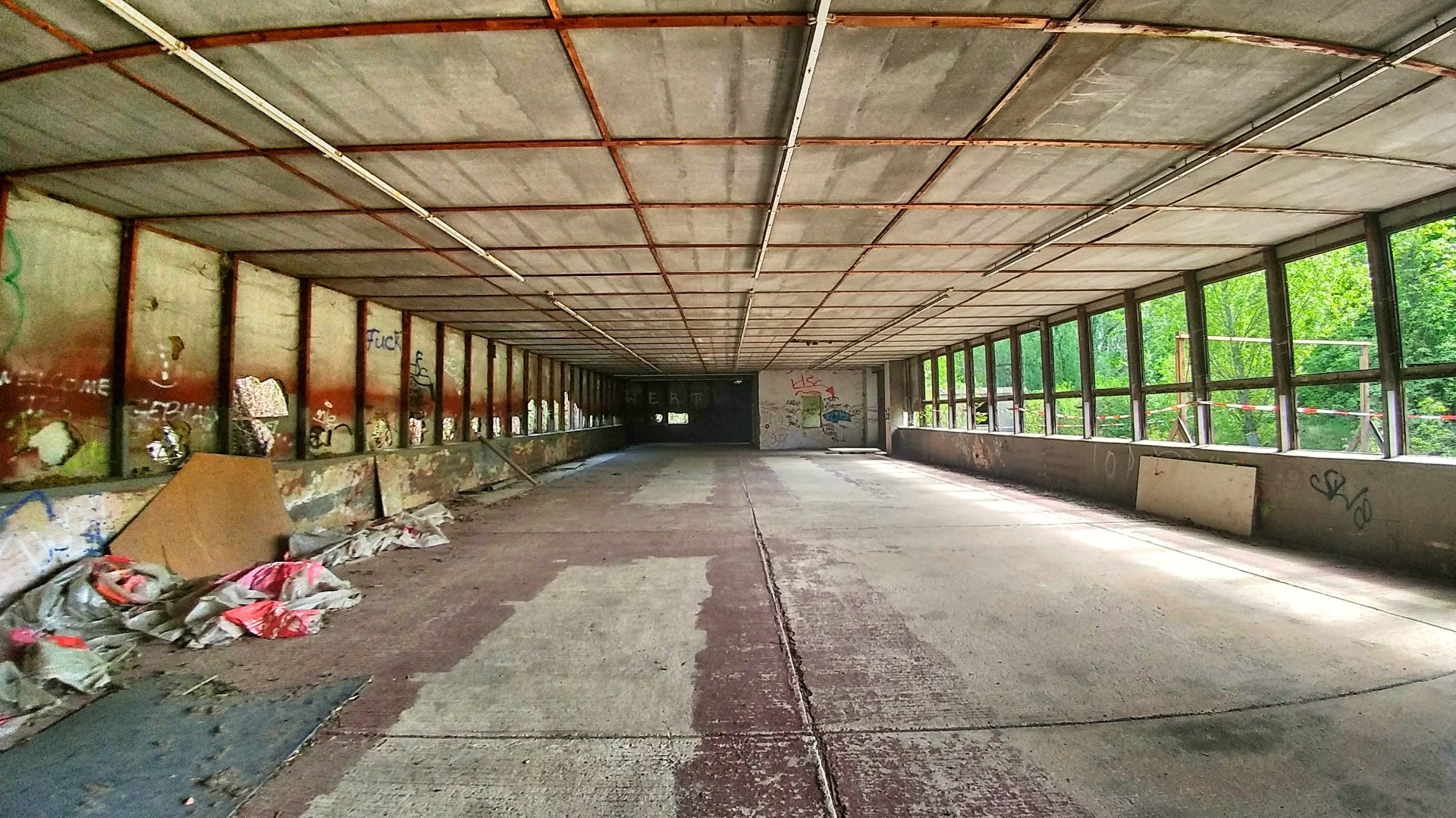
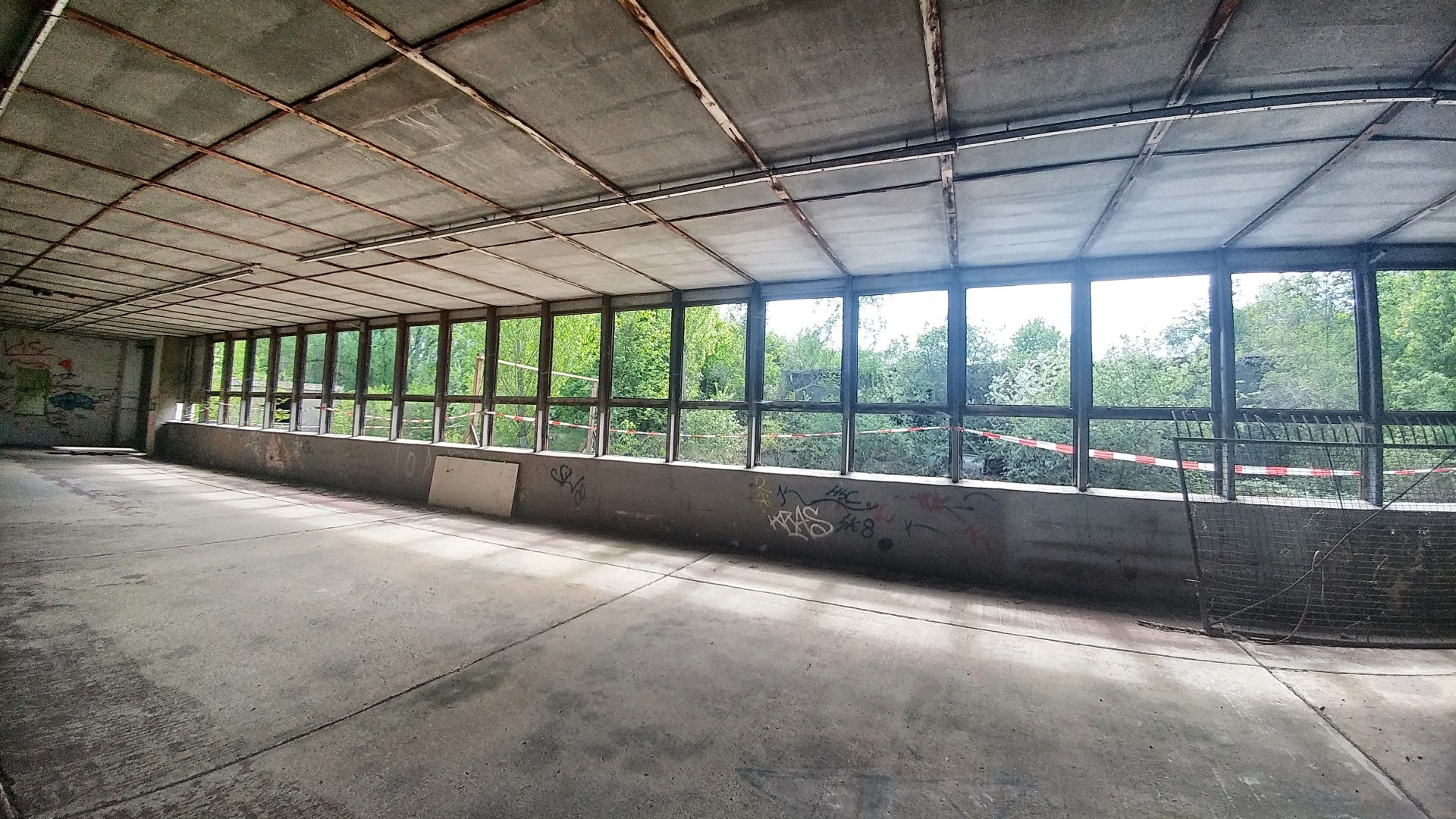
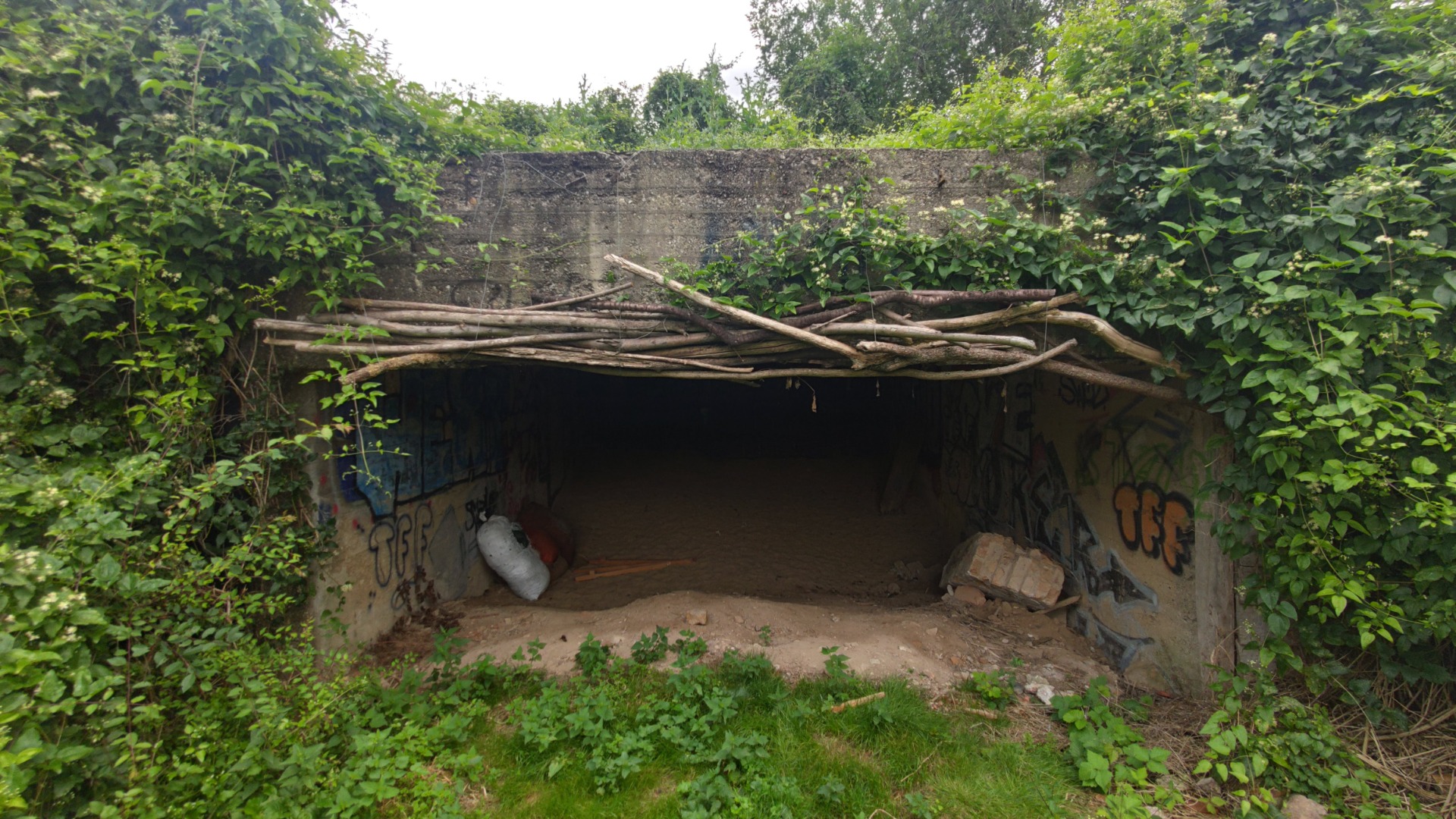
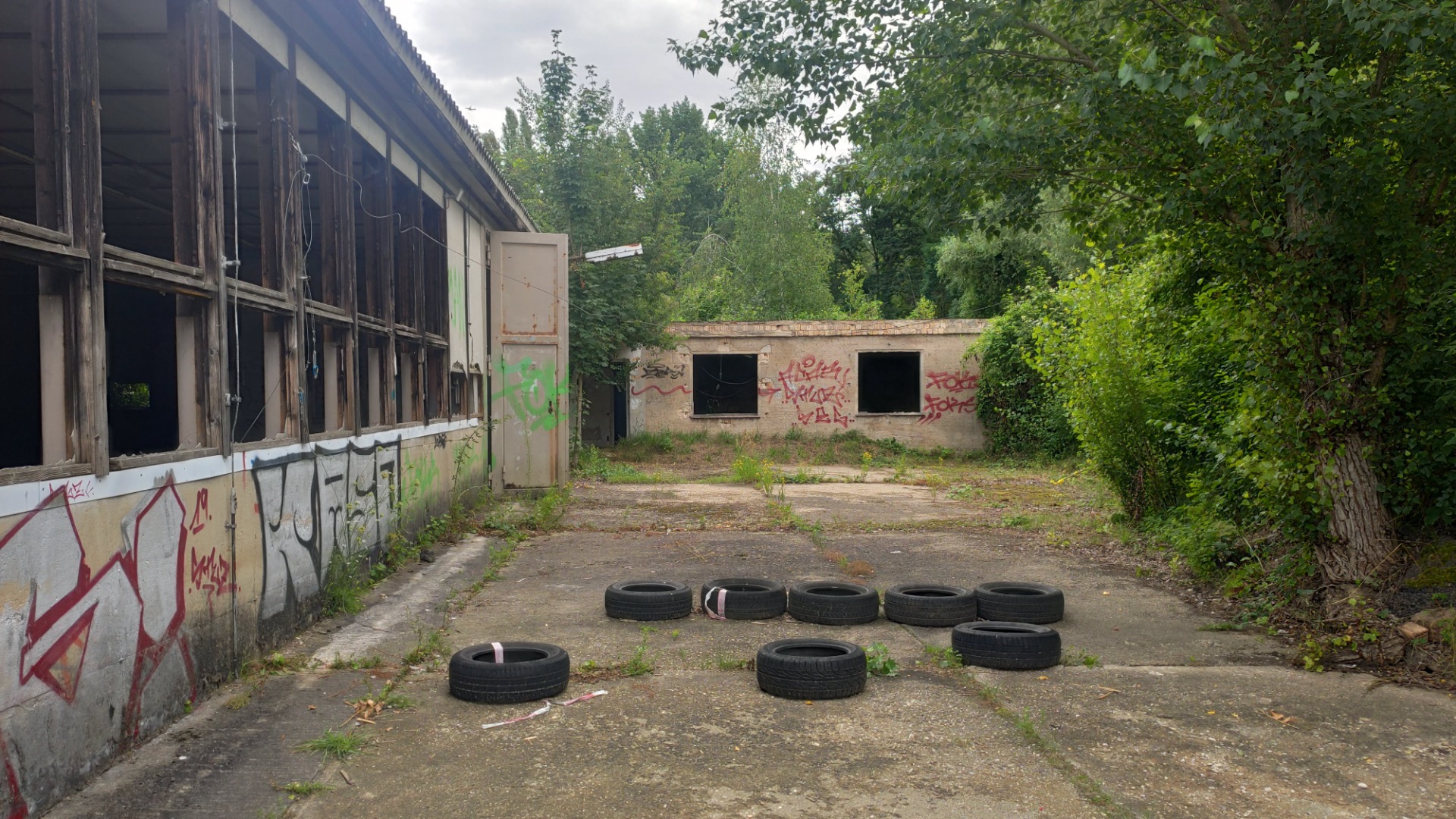
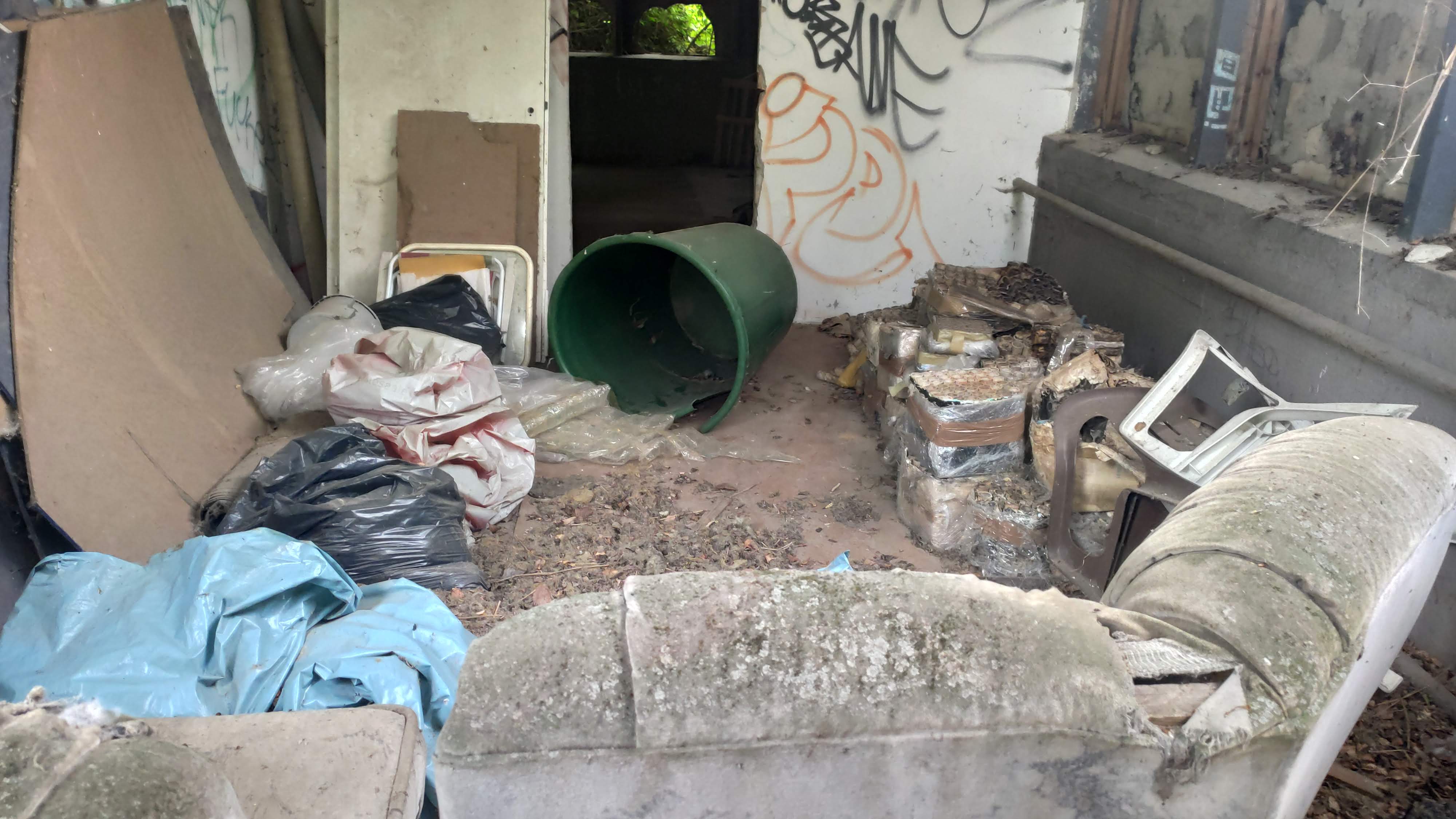
View this post on TravelFeed for the best experience.
